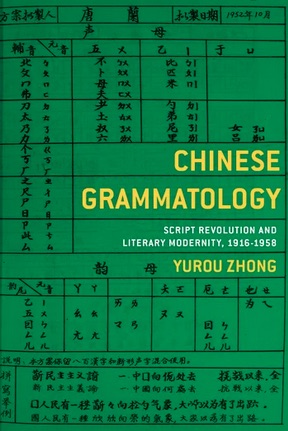

Kurt Vonnegut's death in 2007 marked the passing of a major force in American life and letters. Jerome Klinkowitz, one of the earliest and most prolific authorities on Vonnegut, examines the long dialogue between the author and American culture—a conversation that produced fourteen novels and hundreds of short stories and essays. Kurt Vonnegut's America integrates discussion of the fiction, essays, and lectures with personal exchanges and biographical sketches to map the complex symbiotic relationship between Vonnegut's work and the cultural context from which it emerged—and which it in turn helped shape.
Following an introduction characterizing Vonnegut as Klinkowitz came to know him over the course of their friendship, this study charts the impact of Vonnegut on American society and of that society on Vonnegut for more than a half-century to illustrate how each informed the other. Among his artistic peers, Vonnegut was uniquely gifted at anticipating and articulating the changing course of American culture. Kurt Vonnegut's America shows us that Vonnegut achieved greatness by passing his own test—opening the eyes of his audience to help them better understand their roles and possibilities in the common culture they both shared and crafted.